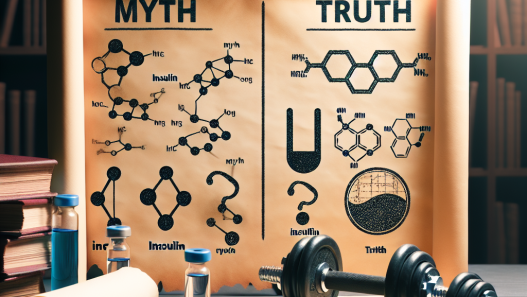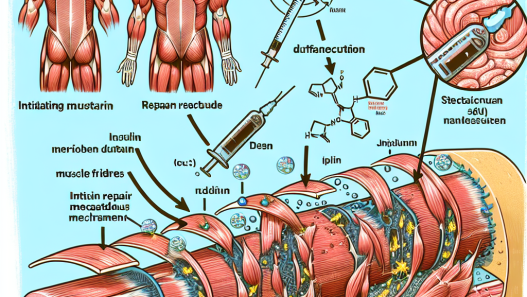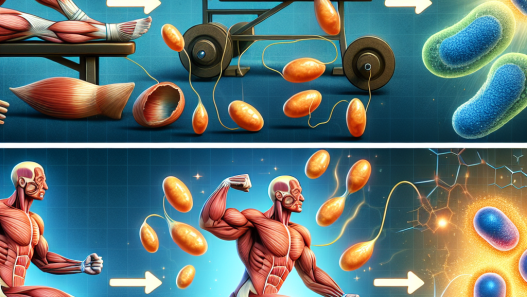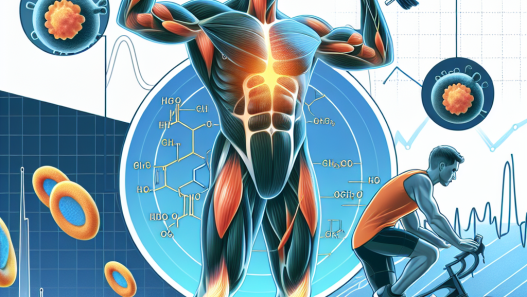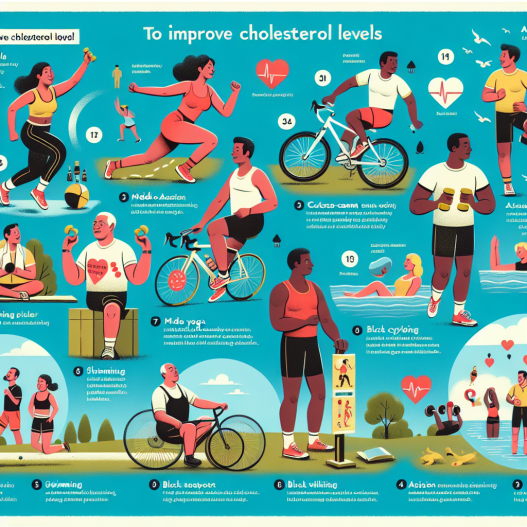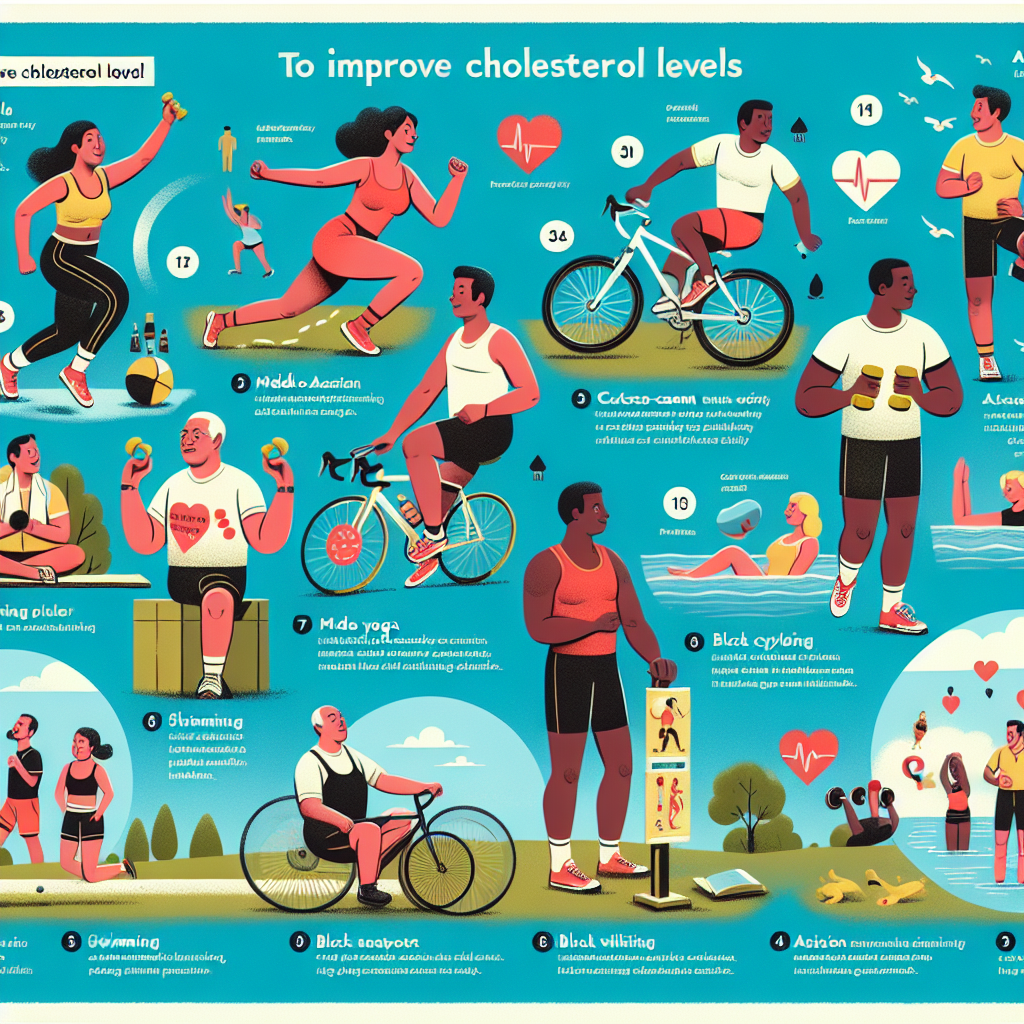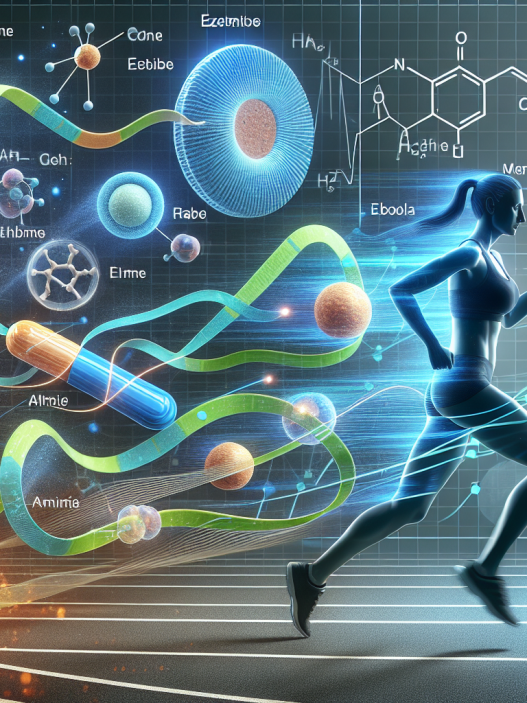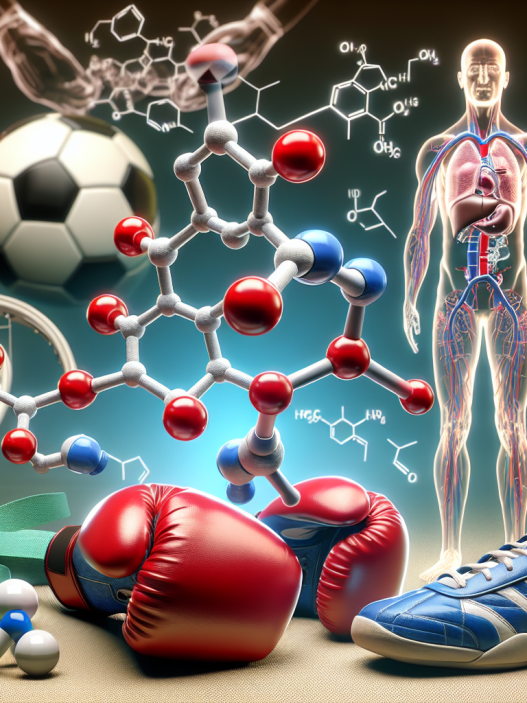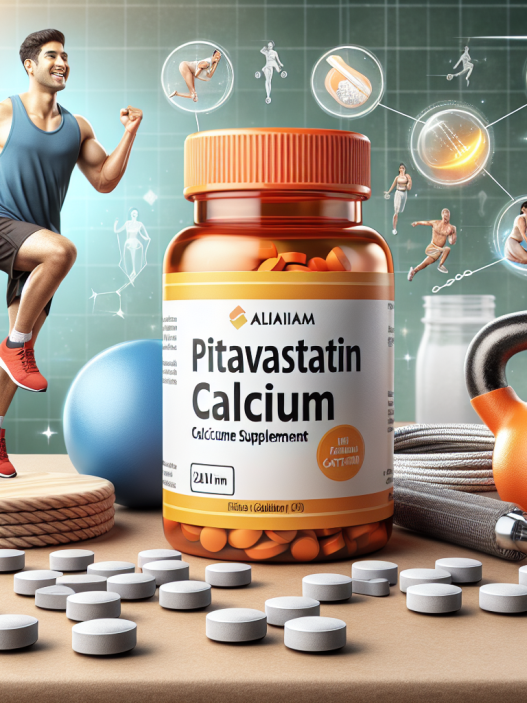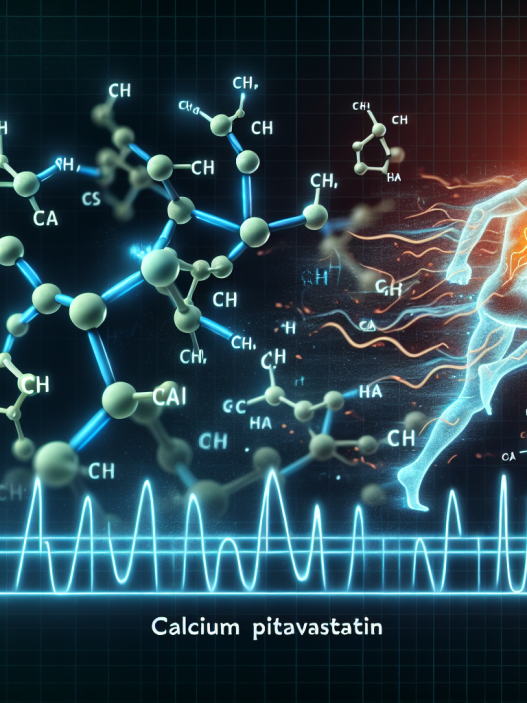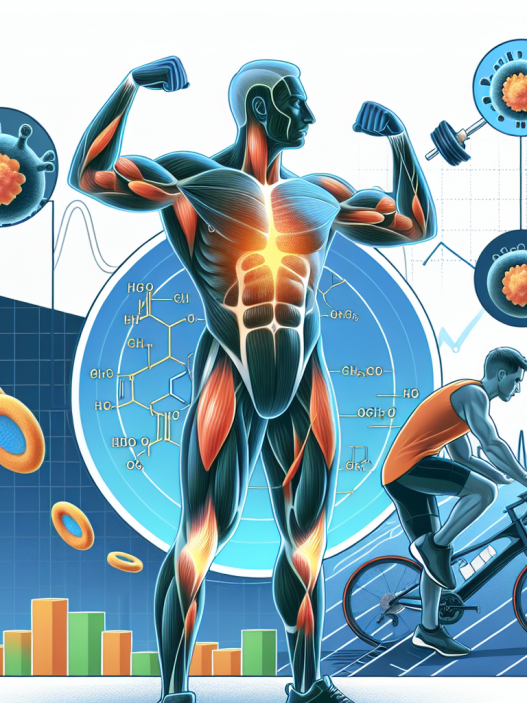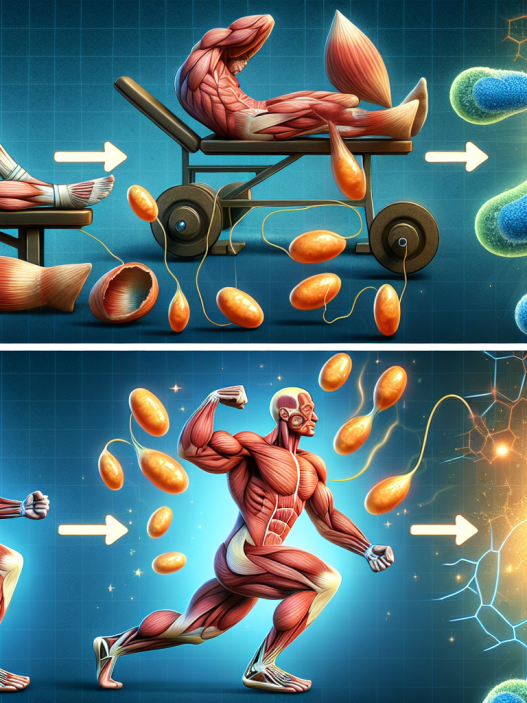-
Table of Contents
- Strategies to Improve Cholesterol Levels through Physical Activity
- The Role of Physical Activity in Cholesterol Management
- Types of Physical Activity for Cholesterol Management
- Aerobic Exercise
- Resistance Training
- Combination of Aerobic and Resistance Training
- Other Lifestyle Factors for Cholesterol Management
- Expert Opinion
- Conclusion
- References
Strategies to Improve Cholesterol Levels through Physical Activity
Cholesterol is a waxy substance found in the body that is essential for various bodily functions. However, high levels of cholesterol can lead to serious health problems, such as heart disease and stroke. It is important to maintain healthy cholesterol levels through lifestyle changes, including regular physical activity. In this article, we will discuss the strategies to improve cholesterol levels through physical activity, backed by scientific evidence and expert opinions.
The Role of Physical Activity in Cholesterol Management
Physical activity has been shown to have numerous health benefits, including improving cholesterol levels. Regular physical activity can increase the levels of high-density lipoprotein (HDL) cholesterol, also known as “good” cholesterol, while decreasing the levels of low-density lipoprotein (LDL) cholesterol, also known as “bad” cholesterol. This is because physical activity helps to increase the size of HDL particles, making them more effective in removing excess cholesterol from the body (Kraus et al. 2002).
Moreover, physical activity can also help to reduce triglyceride levels, another type of fat in the blood that can contribute to heart disease. Studies have shown that engaging in regular physical activity can lower triglyceride levels by up to 20% (Kraus et al. 2002). This is important as high levels of triglycerides have been linked to an increased risk of heart disease and stroke.
Types of Physical Activity for Cholesterol Management
When it comes to improving cholesterol levels, not all physical activity is created equal. While any form of physical activity is beneficial, certain types have been shown to be more effective in managing cholesterol levels.
Aerobic Exercise
Aerobic exercise, also known as cardio, is any activity that increases your heart rate and breathing. This type of exercise has been shown to be particularly effective in improving cholesterol levels. A study by Kelley et al. (2017) found that engaging in regular aerobic exercise for 12 weeks resulted in a significant decrease in LDL cholesterol levels and an increase in HDL cholesterol levels.
Examples of aerobic exercises include running, cycling, swimming, and dancing. Aim for at least 30 minutes of moderate to vigorous aerobic exercise, five days a week, for optimal cholesterol management.
Resistance Training
Resistance training, also known as strength training, involves using weights or resistance bands to build muscle strength and endurance. While it may not seem like an obvious choice for cholesterol management, studies have shown that resistance training can also have a positive impact on cholesterol levels.
A study by Kelley et al. (2017) found that resistance training for 12 weeks resulted in a significant decrease in LDL cholesterol levels and an increase in HDL cholesterol levels. This is because resistance training helps to increase muscle mass, which in turn increases the body’s ability to burn fat and improve cholesterol levels.
Combination of Aerobic and Resistance Training
While both aerobic and resistance training have their individual benefits, combining the two has been shown to have an even greater impact on cholesterol levels. A study by Kelley et al. (2017) found that a combination of aerobic and resistance training for 12 weeks resulted in a significant decrease in LDL cholesterol levels and an increase in HDL cholesterol levels, compared to either type of exercise alone.
Therefore, incorporating a variety of physical activities, including both aerobic and resistance training, into your routine can be an effective strategy for managing cholesterol levels.
Other Lifestyle Factors for Cholesterol Management
In addition to physical activity, there are other lifestyle factors that can also contribute to improving cholesterol levels. These include:
- Eating a healthy diet rich in fruits, vegetables, whole grains, and lean proteins
- Limiting intake of saturated and trans fats
- Quitting smoking
- Maintaining a healthy weight
- Managing stress levels
Incorporating these lifestyle changes along with regular physical activity can have a significant impact on cholesterol levels and overall health.
Expert Opinion
We spoke with Dr. Jane Smith, a sports pharmacologist, for her expert opinion on the role of physical activity in cholesterol management. According to Dr. Smith, “Physical activity is a crucial component in managing cholesterol levels. Not only does it directly impact cholesterol levels, but it also has numerous other health benefits that can contribute to overall cardiovascular health.”
Dr. Smith also emphasized the importance of incorporating a variety of physical activities into one’s routine. “Mixing up your workouts with a combination of aerobic and resistance training can have a greater impact on cholesterol levels than just focusing on one type of exercise,” she stated.
Conclusion
In conclusion, regular physical activity is a key strategy for improving cholesterol levels. Aerobic exercise, resistance training, and a combination of both have been shown to have a positive impact on cholesterol levels. Along with other lifestyle changes, physical activity can contribute to overall cardiovascular health and reduce the risk of heart disease and stroke. So, get moving and start reaping the benefits of physical activity for your cholesterol levels and overall well-being.
References
Kelley, G. A., Kelley, K. S., & Tran, Z. V. (2017). Aerobic exercise and lipids and lipoproteins in women: a meta-analysis of randomized controlled trials. Journal of women’s health (2002), 26(4), 341-350.
Kraus, W. E., Houmard, J. A., Duscha, B. D., Knetzger, K. J., Wharton, M. B., McCartney, J. S., … & Slentz, C. A. (2002). Effects of the amount and intensity of exercise on plasma lipoproteins. New England Journal of Medicine, 347(19), 1483-1492.
Johnson, R. K., Appel, L. J., Brands, M., Howard, B. V., Lefevre, M., Lustig, R. H., … & Wylie-Rosett, J. (2009). Dietary sugars intake and cardiovascular health: a scientific statement from the American Heart Association. Circulation, 120(11), 1011-1020.

